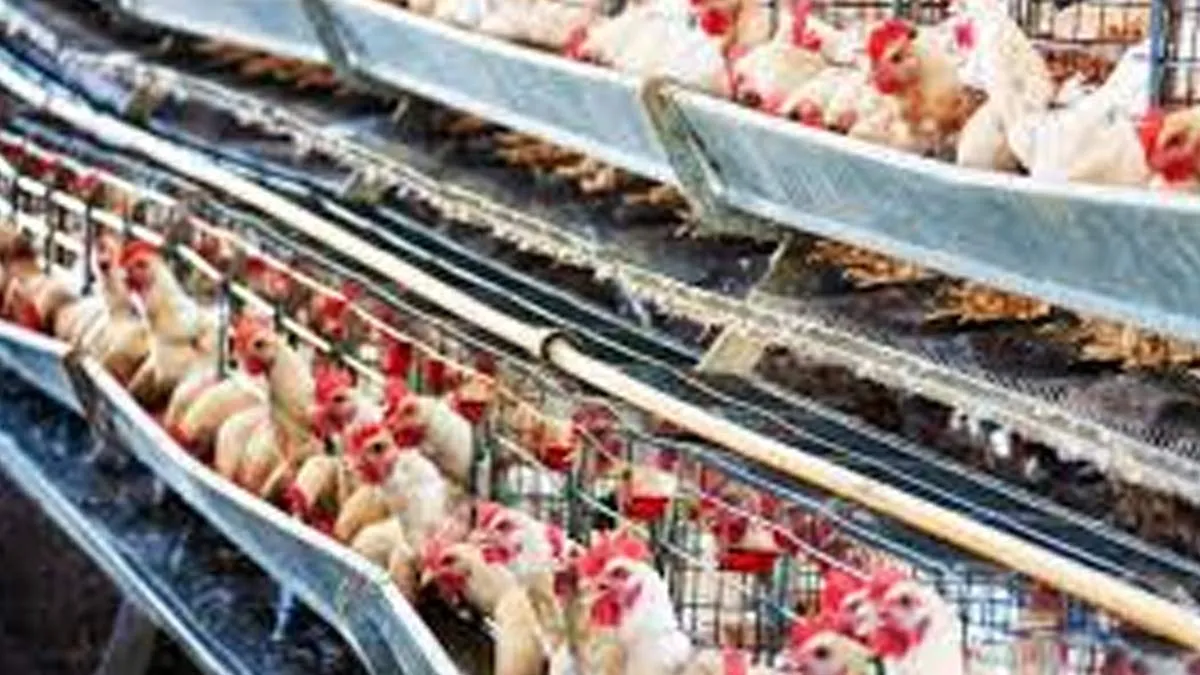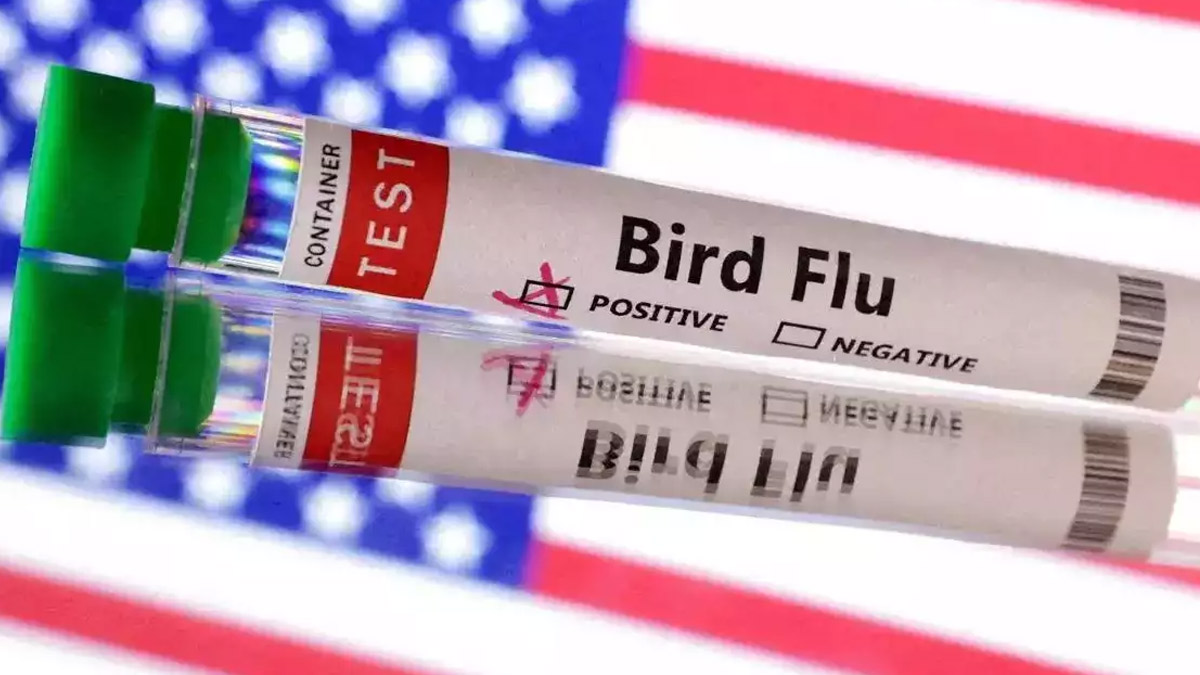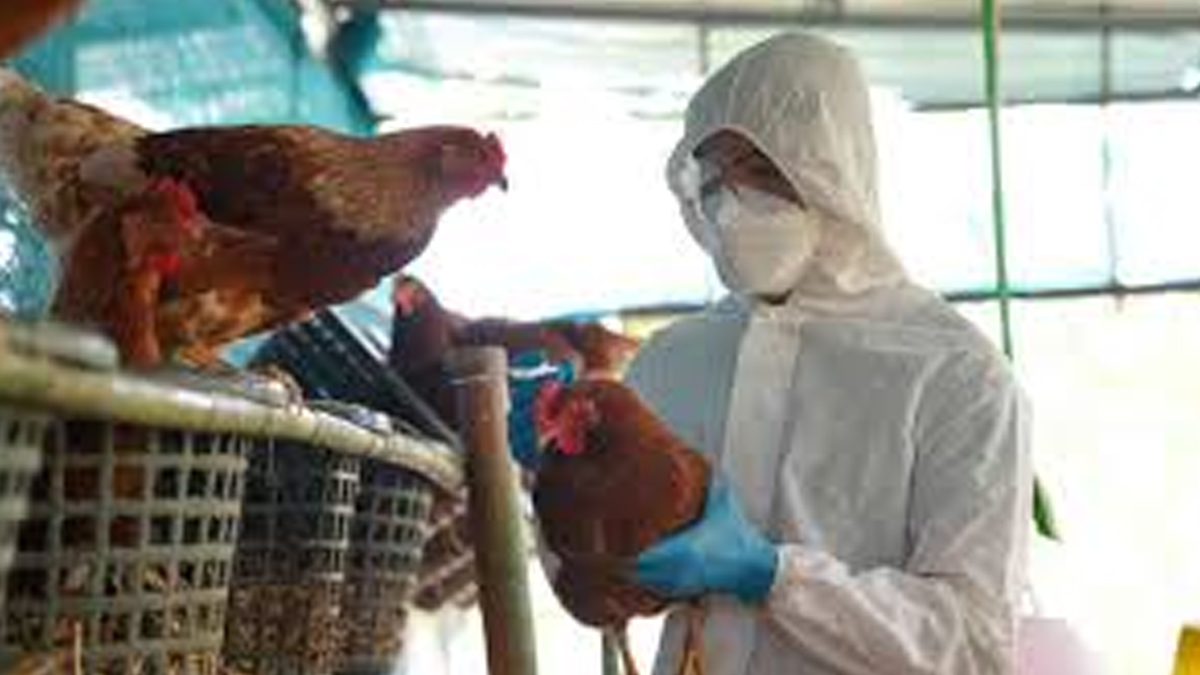
The highly contagious H5N1 virus, commonly referred to as bird flu, has once again emerged as a significant threat, tightening its grip on the United States. Recently, the virus was detected in a commercial poultry flock in Georgia's Elbert County, marking the first such case in the state. This development has heightened concerns about public health and the potential economic ramifications for Georgia's poultry industry.
Table of Content:-
Georgia Reports First Commercial Poultry Case
According to the Georgia Department of Agriculture (GDA) and the U.S. Department of Agriculture's Animal and Plant Health Inspection Service, the H5N1 virus was confirmed in a commercial operation in Elbert County. While this is Georgia’s fifth reported case of H5N1 since the outbreak began in 2022, it is the first to affect a commercial poultry business.

"This is a serious threat to Georgia's number one industry and the livelihoods of thousands of Georgians who make their living in our state's poultry industry," said Georgia Agriculture Commissioner Tyler Harper. Authorities are now working tirelessly to contain the virus and minimise its impact on poultry production in the region.
Also Read: CDC Raises Alarm: Nine H5N1 Bird Flu Mutations Pose Pandemic Threat To Humans
Understanding the H5N1 Virus
H5N1 is a subtype of the influenza A virus within the Orthomyxoviridae family. It primarily infects birds but has shown the potential to affect humans and other animals. First identified in geese in China in 1996, this highly pathogenic avian influenza is particularly concerning due to its ability to mutate and adapt.
The virus spreads through direct contact with infected birds, contaminated surfaces, or respiratory droplets. Though rare, human infections can occur, particularly among those working closely with poultry.

CDC’s Prevention Guidelines
With the resurgence of H5N1 in the U.S., the Centers for Disease Control and Prevention (CDC) has issued critical prevention guidelines to protect both individuals and industries from the virus.
- Avoid Contact with Wild Birds: Whether healthy or sick, avoid handling wild birds. If contact occurs, seek medical attention promptly.
- Use Protective Gear: Workers on poultry farms should use gloves, masks, and other protective equipment to minimise exposure to the virus.
- Practice Proper Hygiene: Regularly wash hands with soap and water, especially after handling birds or poultry products. Alcohol-based sanitisers are an alternative when soap and water are unavailable.
Also Read: Trump Pulls US Out Of WHO: What It Means For Global Public Health
- Cook Poultry Products Thoroughly: Ensure poultry and eggs are cooked to an internal temperature of at least 165°F (74°C) to eliminate potential viruses.
- Avoid Raw or Unpasteurised Products: Refrain from consuming unpasteurised dairy or raw poultry products, which may harbor harmful pathogens.
Impact on Georgia's Poultry Industry
Georgia is a leader in poultry production, and the H5N1 outbreak poses a substantial risk to the state’s economy. Thousands of livelihoods depend on this industry, which contributes significantly to both state and national markets.
Authorities have intensified efforts to monitor and contain the spread of the virus. Biosecurity measures are being ramped up across poultry farms, and ongoing surveillance is ensuring early detection of any new cases.
A Call for Vigilance
The resurgence of H5N1 in Georgia underscores the need for heightened awareness and proactive measures. While the virus primarily impacts birds, its ability to infect humans and disrupt critical industries cannot be overlooked. Following CDC guidelines and maintaining stringent biosecurity measures are crucial steps in mitigating the threat.
As Georgia battles to contain the outbreak, the focus remains on protecting public health, preserving the state’s poultry industry, and ensuring the virus does not further spread to other regions. The fight against H5N1 is a stark reminder of the interconnectedness of public health, agriculture, and global economies.
Also watch this video
How we keep this article up to date:
We work with experts and keep a close eye on the latest in health and wellness. Whenever there is a new research or helpful information, we update our articles with accurate and useful advice.
Current Version